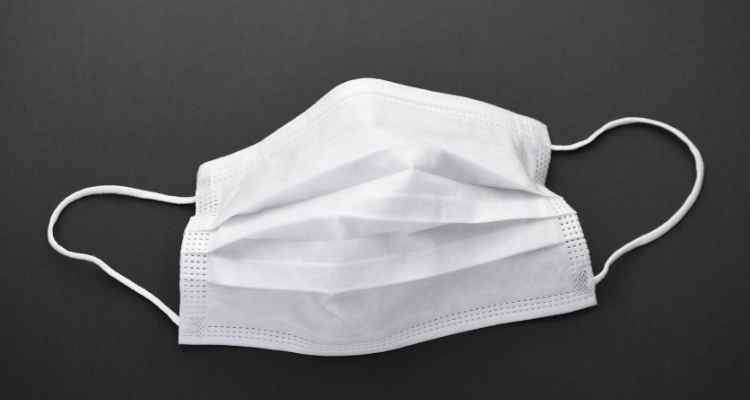There are many different types of thermometers available in the market. Especially during the Coronavirus pandemic, medical equipment such as thermometers, gloves, oximeter and surgical mask 3
ply have become indispensable. While many people fixate on the type and brand of thermometer, there is more to choosing a thermometer than just that. Let us first look at some of the factors to consider when choosing a thermometer:
- Point of Measurement
There are different points at which we can measure temperature. It can be oral, rectal, axillar, tympanic or temporal. Depending on the type of application, a particular point will be more suitable than the other. Accordingly, one should choose the thermometer. For example, in pediatrics, some thermometers may be more challenging to use than the others.
- Thermometer type
We can broadly classify thermometers into two groups: analog models made of glass and digital models. Digital or electronic thermometers are either based on a probe or infrared technology, if they are non-contact type.
- Ease of Use
Thermometers have varied types of tips. Some have rigid tips; others have supple tips. We can use some of them only once to avoid cross-contamination. For young patients, pacifier-based thermometers might be ideal. Infrared thermometers are comfortable since there is no contact with a person’s body.
- Health and Safety Considerations
Health and safety are paramount in any medical field. In such cases, for contact thermometers, cleaning and disinfection after use is essential. However, we need not meet such stringent standards when it comes to non-contact digital thermometers.
We have listed some of the more common considerations that one must keep in mind while choosing a thermometer. In addition to the above factors, there are additional technical factors that we need to consider:
- Display Speed
Digital displays are much more convenient than analog readings. Furthermore, electronic displays are much faster to show. Digital contact thermometers are fast; but non-contact thermometers like infrared ones are nearly instantaneous.
- Accuracy
Various factors affect the accuracy of a thermometer. Ensure to use it as the measuring point where the device tells you and follow the instructions to get the best results.
- Adaptability
There are many adaptable models, which can be used at different locations or situations by changing the measuring tip.
- Range of Temperature
A wider temperature range might be better than a narrow one, though not always. Most models cover between 35 – 42 degrees Celsius.
- Measurement Units
The most common units of measurement are degrees Fahrenheit and degrees Celsius. India and other countries use Celsius measurements, while the United States uses Fahrenheit.
Besides the options mentioned above, some new ranges have come into the market, which one can check before buying. We list some of the most modern versions below:
- Voice Thermometer
These are a variation of the non-contact infrared thermometer, where beyond a display function, there is a voice function that reads out the temperature in the chosen language. It is of particular use for visually impaired people.
- Bluetooth Thermometer
Nowadays, various thermometers are available that connect, via an app, to the smartphone. They give the temperature from the body part, where a Bluetooth-enabled patch is connected.
If you are looking for platforms that provide quality products and affordable thermometer
prices, check out Smart Medical Buyer, an online distributor of medical supplies and hospital equipment in India.

